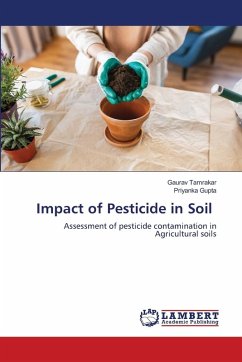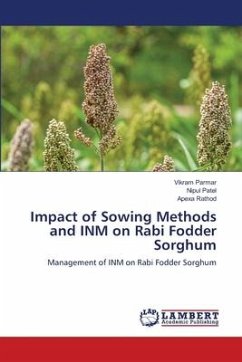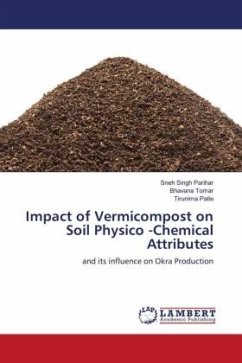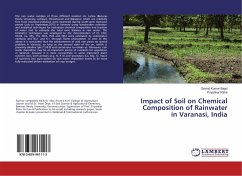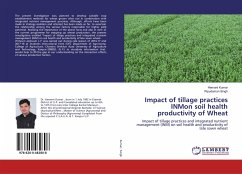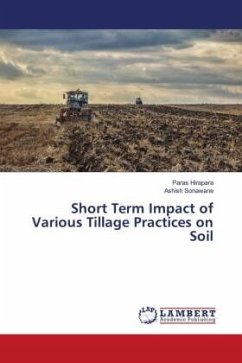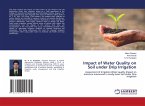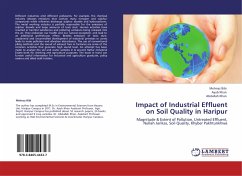Many pesticides are used widely to protect plants from disease, weeds and insect damage, and usually come in attached with soil, where they undergo a variety of transformations that provide a complex pattern of metabolites. This article reviews the most relevant analytical methods for determining pesticides and their transformation products in soils. We address some recent advances in sampling and sample-preparation technologies for soil analysis. We discuss and critically evaluate procedures, such as liquid extraction methods (pressurized liquid extraction or microwave-assisted extraction) and solid-phase based methods (headspace solid- phase micro extraction, solid-phase micro extraction or matrix-solid-phase dispersion). Analysis of pesticides is generally carried out by gas chromatography (GC) or liquid chromatography (LC) coupled to different detectors, especially to mass spectrometers (MSs). However, alternative and/or complementary methods, using capillary electrophoresis (CE), biosensors and bioassays have emerged recently. We also consider the advantages and the disadvantages of the various methodologies.
Bitte wählen Sie Ihr Anliegen aus.
Rechnungen
Retourenschein anfordern
Bestellstatus
Storno

